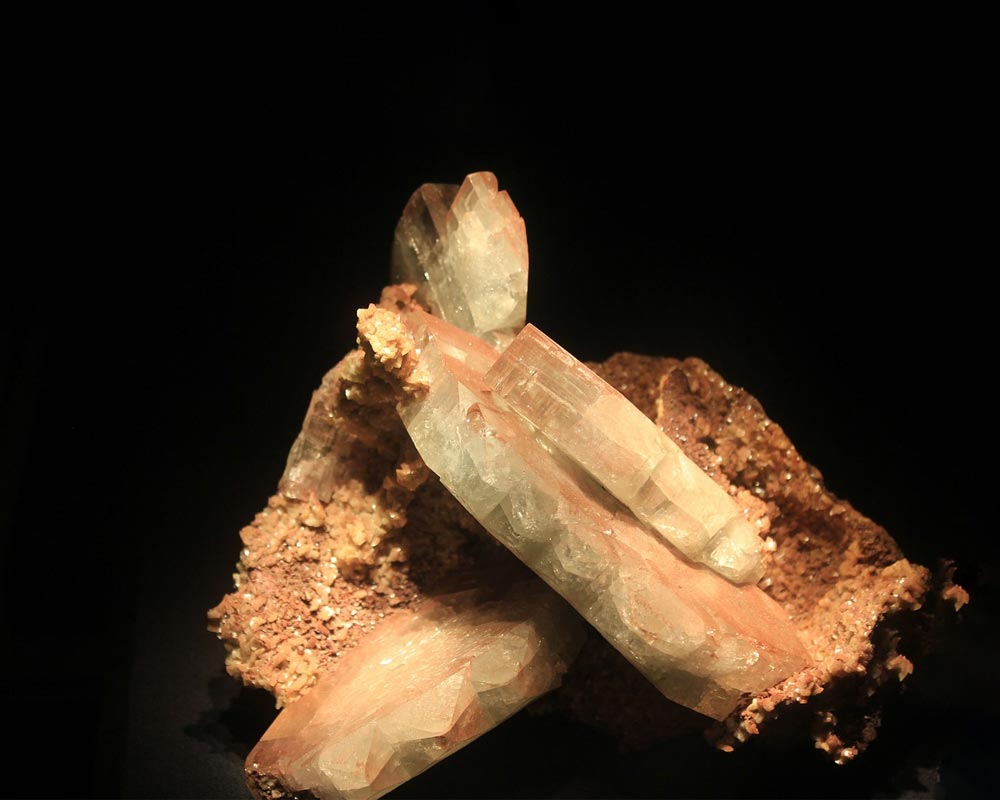How to improve the use value of barite?
Barite is an important barium-containing mineral, with high specific gravity (4.3-4.7), low hardness (3-3.5), stable chemical properties, insoluble in water and acid, barite can be used as a white pigment (commonly known as Lith Powder), can also be used in the chemical industry, papermaking, textile fillers and other industrial sectors. In the glass production, it can act as a flux and increase the brightness of the glass, of which 80%-90% is used as a mud weighting agent in oil drilling.

The fineness of barite powder determines its use and value. Take oilfields as an example. Oilfields have strict requirements on the fineness of barite powder, which can neither be too coarse nor too fine. Improper fineness will cause changes in the rheological properties of the heavy mud itself, which will lead to serious Of drilling accidents occurred, so how to effectively control the fineness?
1. The purpose of barite is to subdivide it according to the different fineness of barite after being crushed by a pulverizer. It is used as a mud weighting agent for drilling, with a fineness of more than 325 mesh. To prepare lithopone pigment, the fineness of barite powder is required to be at least 1250 mesh. Used as paint filler, barite powder requires more than 2000 mesh. The fineness of barite used in textiles is even finer.
2. Selection of barite grinder
Which mill is used for 325 mesh barite powder, 1250 mesh barite powder and 2000 mesh barite powder?
The hierarchical impact mill can effectively control the fineness and output of barite, and the same equipment can crush different finenesses, and the fineness can be adjusted arbitrarily between 1-75 microns. Its characteristics are as follows:
1) Low energy consumption: It integrates centrifugal grinding, impact grinding, and extrusion grinding, which can save energy by 40-50% compared with other types of mechanical grinding machines.
2) High fineness: Equipped with self-diverting grading system, product fineness ≥2500 mesh.
3) Large feeding range: feeding particle size ≤50mm, the material only needs to pass through the first-level coarse crushing equipment.
4) Low wear: The crushing parts are made of new composite wear-resistant materials, with long service life, and no pollution when processing materials with Mohs hardness ≤5.
5) Strong mechanical stability: it can produce without stopping for 24 hours for a long time.
6) Full functions:
- It can grind needle-shaped materials to achieve the aspect ratio of the finished product to 15:1;
- There is no temperature rise during the grinding process, which is suitable for the grinding of heat-sensitive materials;
- The sintered agglomerated ultra-fine materials can be broken up, and the particle size recovery rate can reach 100%;
- With particle shaping function, it can effectively increase the bulk density.
- Materials that can grind fibrous tissue;
- It can grind materials with high moisture content and has a drying function;
-
It can grind strong viscous materials.
7) Negative pressure production, no dust pollution, excellent environment.
8) High degree of automation, strong stability and easy operation.
9) The entire system adopts automatic control, which can realize one-button start and stop, and the operation is simple and convenient. The connection with the central control can realize remote control.
Scope of application:
1. Typical materials of non-metallic minerals include: hard kaolin, talc, graphite, calcite, gypsum, diatomaceous earth, wollastonite, barite, pyrophyllite, aluminum hydroxide and other materials ultrafine grinding and nano calcium carbonate, oxidation Superfine grinding and breaking up of cerium and other materials.
2. Typical heat-sensitive materials include: lactose, wax, resin, fat, bone meal, plants, etc.
3. The typical materials for ultra-fine processing of Chinese herbal medicines and raw materials are: pollen, hawthorn, shiitake mushrooms, pearl powder, stomach medicine, nimodipine, antibiotics, Ganoderma lucidum, gallnut, fleece-flower root, andrographis, mint, houttuynia, fern root, Pueraria lobata, Radix isatidis, etc.
